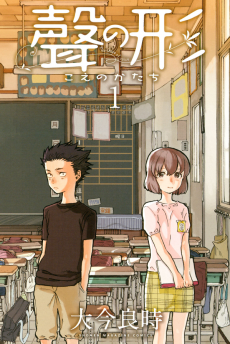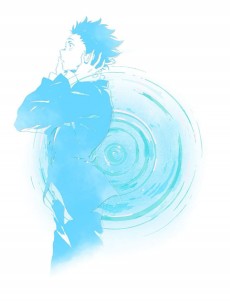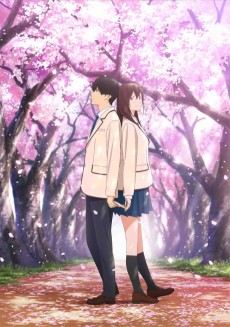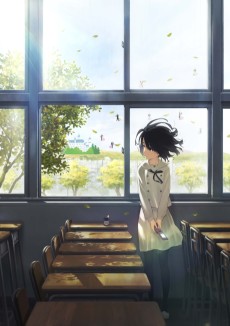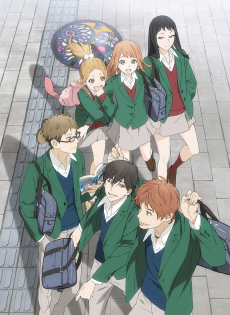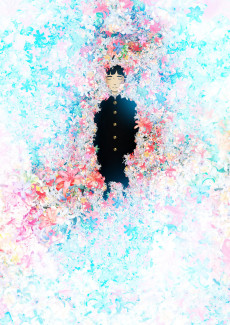KOE NO KATACHI
MOVIE
Dubbed
SOURCE
MANGA
RELEASE
September 17, 2016
LENGTH
130 min
DESCRIPTION
After transferring into a new school, a deaf girl, Shouko Nishimiya, is bullied by the popular Shouya Ishida. As Shouya continues to bully Shouko, the class turns its back on him. Shouko transfers and Shouya grows up as an outcast. Alone and depressed, the regretful Shouya finds Shouko to make amends.
(Source: Eleven Arts)
CAST
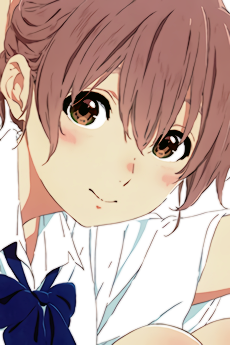
Shouko Nishimiya
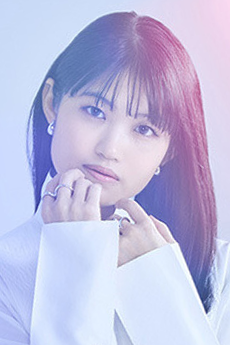
Saori Hayami
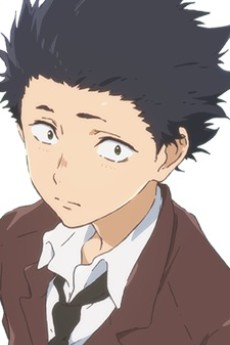
Shouya Ishida
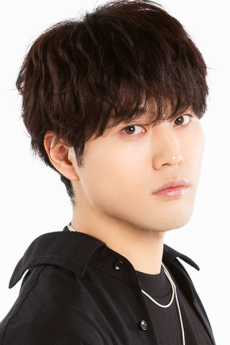
Miyu Irino
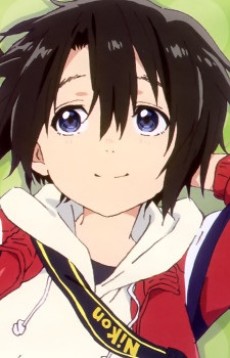
Yuzuru Nishimiya
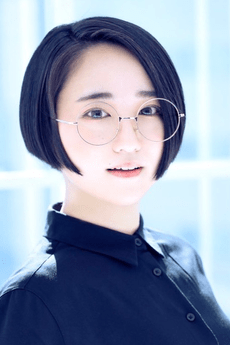
Aoi Yuuki
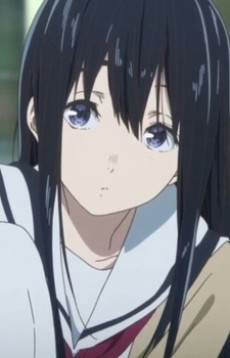
Naoka Ueno
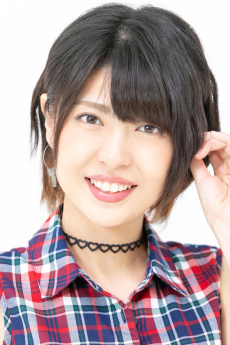
Yuuki Kaneko
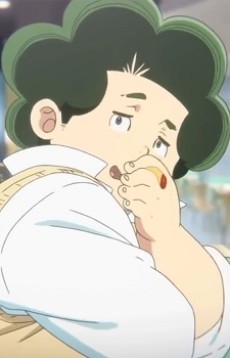
Tomohiro Nagatsuka
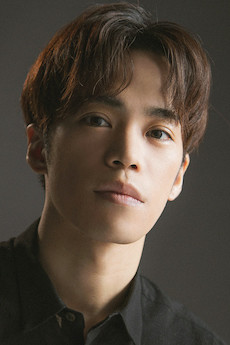
Kenshou Ono
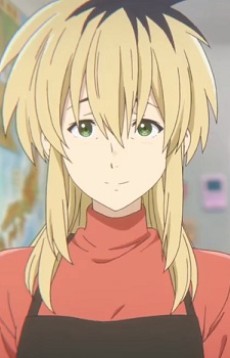
Miyako Ishida
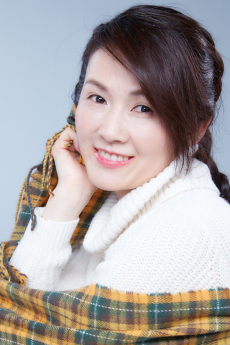
Satsuki Yukino
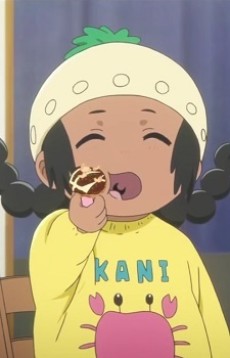
Maria Ishida
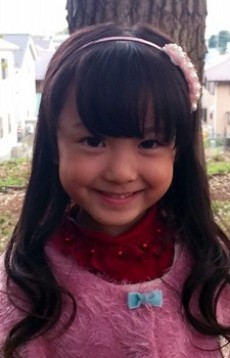
Erena Kamata
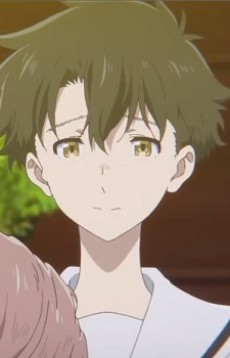
Miyoko Sahara
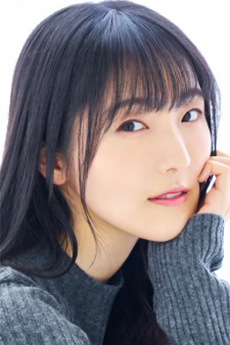
Yui Ishikawa
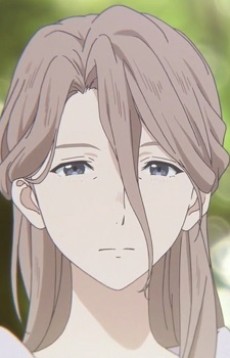
Yaeko Nishimiya
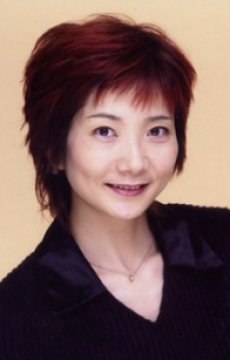
Akiko Hiramatsu
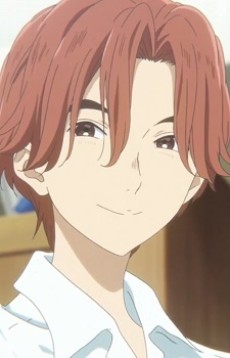
Satoshi Mashiba
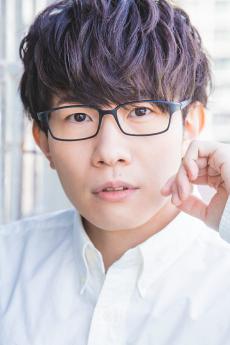
Toshiyuki Toyonaga
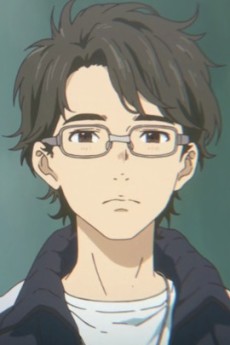
Takeuchi
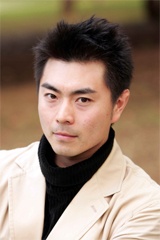
Fuminori Komatsu
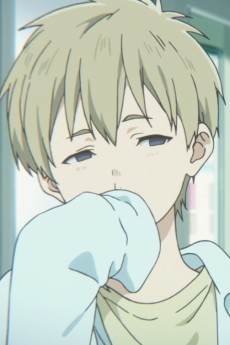
Kazuki Shimada
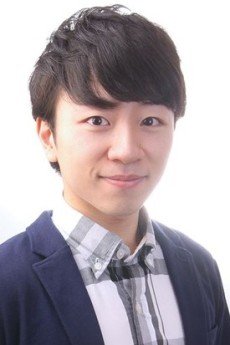
Ryou Nishitani
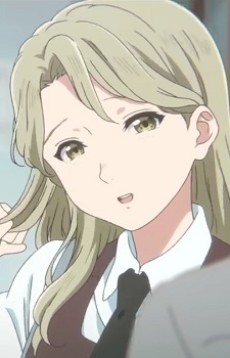
Miki Kawai
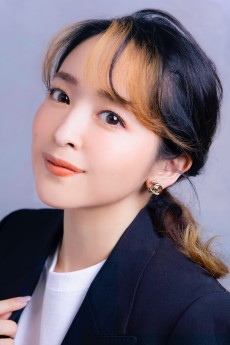
Megumi Han
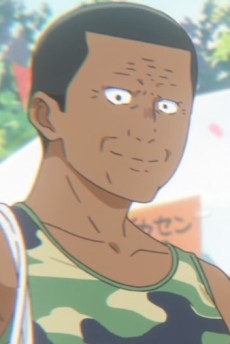
Pedro
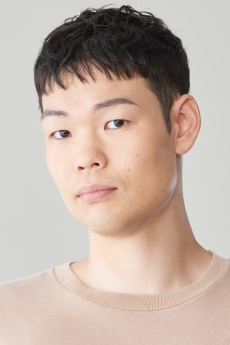
Ryuunosuke Watanuki
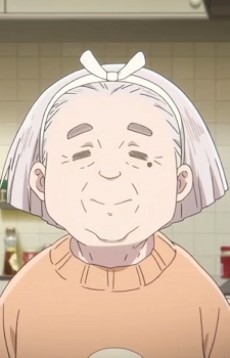
Ito Nishimiya
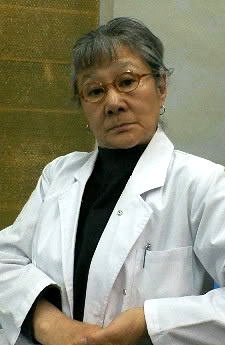
Ikuko Tani
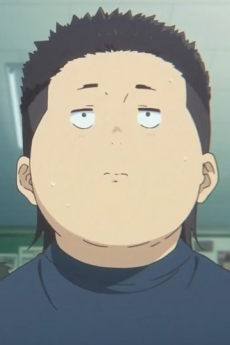
Keisuke Hirose

Hana Takeda
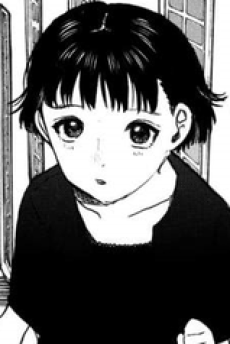
Kita
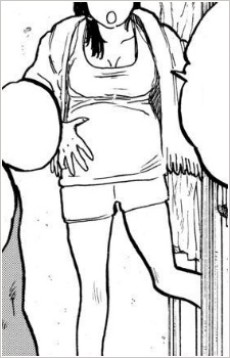
Ishida no Ane
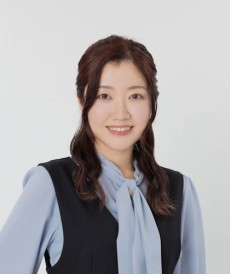
Ayano Hamaguchi
RELATED TO KOE NO KATACHI
REVIEWS

Peng
60/100A heartfelt exploration of bullying, guilt, and isolationContinue on AniList*Koe no Katachi* / *A Silent Voice* comes hot off the coattails of the immensely popular [*your name*](https://anilist.co/anime/21519/KiminoNawa). I am not trying to compare the two. Rather, I want to highlight the recent anime presence in mainstream Western media, namely the cinema industry. Does this signal an ongoing de-stigmatisation of anime in the West beyond [Ghibli ](https://anilist.co/studio/21/StudioGhibli)films? One can hope.








OwlsAreAirCats
90/100A great adaptaion of an even better source materialContinue on AniListKoe no katachi tells the story of a deaf girl and her bully who gets bullied himself, realizes what he has done and tries to make up for his behaviour. I have read the manga and think that KyoAni did a pretty good job of adapting it while there are indeed some problems in the adaptation which I will talk about later in this review.
The movie deals with some heavy topics like bullying, depression and suicide, but it portrays them as something normal, it´s part of the characters everyday life. As the story continues, we learn more about the past of the characters and their problems so we can understand the actions of the characters. Koe no katachi excels at telling its story through motives, for example a calendar that ends in the middle of the year to show how the suicide attempt was planned for a long time. Thats why things never feel like they have no reason, the clues have been there the whole time and suddenly start making sense. That is also the biggest weakness of the movie, it´s impossible to develop every character of a wide cast over a two hour runtime like a manga with 64 chapters, especially the side characters. But they did a pretty good job with it, I feel like if you just watched the movie you would barely notice this flaw.
The pacing never feels rushed or too slow, we learn new things about the characters with every scene while never having a thousand new things thrown at us at once. Shouya, the main character, and Shouko, the deaf girl, develop their friendship with each other and their new and old friends and are faced with new problems and conflict on that way. Shouya knows both sides of bullying, so he never can forgive himself for what he has done while Shouko forgives him quickly. Many characters are from the grade school class of Shouya and Shouko, so they have to deal with their past too, everyone with other methods. These side characters act like many people after someone was bullied in their surrounding: They say that it was the fault of someone else or act like there was no problem. That´s the rason why Shouya got bullied after Shouko changed school, nobody wanted to admit they did something wrong, so they label Shouya as the bully and blame only him for the past.
All these things are a great opportunity for character progression and development, mainly with Shouya. After all these years of being bullied, he has shut down and ignores everyone else. As the story progresses, he realizes that there are people that accept him and he begins to change. Shouko on the other hand fells like a boring character at the beginning, she never reacts to anything and always apologizes. But when her feelings are revealed towards the end, her character and actions start to make sense. With how little we know about the other characters, we can still understand their feelings for the most part without knowing their backstory. After the emotional climax of the story, we are presented with a conclusion of the conflicts where they are not fully solved but the characters accept them and learn to live with them.
The art and the animation are great and support the story very well. KyoAni knows how to make characters and the world around them look good and amplifying the emotions portrayed in the story.
In conclusion, Koe no katachi may not be perfect, but it plays out its strong points very well, we watch the characters being confronted with their past and having to deal with it while we can enjoy the beautiful sides of this like friendship and forgiveness. The story doesn´t feel forced, and the reason for it is the same as for the movies problem with developing side characters: It takes its time to explore the really important parts and making us understand the reasons for the actions. A full adaptation of the source material is traded for a focus on the main storyline and the emotional buildup for the main characters. This results in the movie having the emotional impact it surely has.

JTurner82
98/100Beautiful tearjerker with a universal, relatable message.Continue on AniListEveryone has stories about bullies and victims, but there have been very few features, namely animated ones, which actually dare to show the raw emotional honesty of such situations, particularly from the West. Luckily fans of traditional animation have a great contender for this subject: A Silent Voice, directed by Naoko Yamada. Based on a similarly titled Japanese graphic novel series, this movie doesn't hold back on showing the true tragedies of the story it tells, making its uplifting resolution all the more meaningful.
A Silent Voice tells the tale of both the growth and redemption of a former bully, Shoya Ishida. We first meet him as a High School teenager as he solemnly contemplates suicide on account of guilt for his past behavior, and for the first half hour we get to see what drove him to the point. In Elementary School, Shoya mercilessly ostracized a new classmate, Shoko Nishimiya, a deaf girl who occasionally talked but mostly communicated in sign language. The cruelest thing he did was to rip out her hearing aids and throw them out the window. Eventually, Shoko transferred to another school, and then he too was bullied by his former classmates, arguably as punishment for his actions. At this point the film transitions back to the present, but rather than throwing away his life, Shoya decides to make amends. He takes sign language classes, and eventually encounters Shoko again for the first time in five years. Gradually, the two become friends. Simultaneously, Shoya also makes friends with another boy, Tomohiro Nagatsuka. Due to his guilt, however, he hesitates to look at people in the eye, and eventually comes to realize that Shoko, too, has feelings of self-resentment and must help her overcome her troubles.
In lesser hands, this story could come across as a preachy, melodramatic soap opera, but director Yamada and her staff at Kyoto Animation manage to avoid this pitfall and succeed in making this a relatable tearjerker with a lot of heart. The development between the two leads is compelling, richly tragic, and emotional, and will no doubt wrench tears from the iciest of viewers. There are a plethora of other characters who make up the story who are rounded in varying degrees, although not to the same extent as we get to see from the leads. Occasionally the plot does rush some minor developments (on account of trying to compress a six-book manga into a lengthy film), but while careful concentration is required to fully discern the occasional subplots, nobody in this story comes across as truly unsympathetic. The only exception might be Naoka Ueno, a rather nasty and bitchy character who arguably comes across as worse than Shoya, never showing any major growth from her misdeeds and instead continuing to bully poor Shoko. One scene where she openly confesses how much she detests the deaf girl is particularly mean-spirited.
Aesthetically, A Silent Voice might not be as lavishly detailed or colorful as, say, a Studio Ghibli production, but frankly, having said that, the actual animation is no slouch. The backgrounds are lovingly rendered and the character designs, while distinctively "Anime" in appearance, all have a distinct look and feel to them that makes each easy to identify. There are occasional uses of computer imagery (such as a brief but nonetheless thrilling scene where we go on a roller coaster ride at a carnival), but mostly Yamada chooses to execute the film in a rather stylish way. This is done through the use of different camera cutaways and lavish shots, such as fish swimming through a brook and occasional fireworks, giving A Silent Voice a bit of an "art film" tilt. To illustrate Shoya's isolation we see X's marked on the people he avoids making contact with, which may seem as a bit too "on the nose" at times, but having said that, it's a clever approach that works wonders. Kensuke Ushio's primarily piano-driven (and sparse) score is also a nice touch. It's also to the film's credit that the film backs off on dialogue in certain occasions when it needs to, rather than dumbing everything down to its audience.
Further complimenting A Silent Voice's atmosphere is its English dubbing. NYAV Post has done a lot of great dubs over the years in no small part to the talented duo of Michael Sinterniklaas and Stephanie Sheh. This yet another winner for them, and certainly up there with their best, with excellent performances from everyone involved. The real triumph of the dub is the casting of an actual deaf actress to portray Shoko, Lexi Crowden. Every second of her turn comes across as very believable and convincing. The actress admits that doing this role was like a therapeutic session for her since she faced similar circumstances in real life. The end result is all the more tangible and authentic because of it. The same is true with the casting of the children for the Elementary School scenes, a practice that I continue to applaud NYAV Post for still going through with.
A Silent Voice clocks approximately over two hours, which may cause the film to come across as a bit lengthy at times, but that it manages to keep a good pace on its story and maintain interest even when it occasionally slows down is a testament to its success as a film. There's a reason why Makoto Shinkai, director of Japan's current highest-grossing feature your name (released the same year, incidentally), expressed enthusiasm about A Silent Voice; it deserves every ounce of praise. This is a modern day winner filled with genuine heart, and offers a most relatable and universal message without being preachy.
SIMILAR ANIMES YOU MAY LIKE
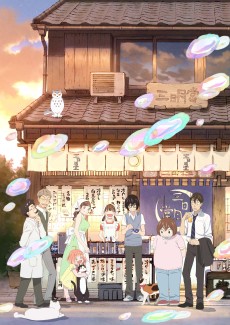 ANIME Drama3-gatsu no Lion 2
ANIME Drama3-gatsu no Lion 2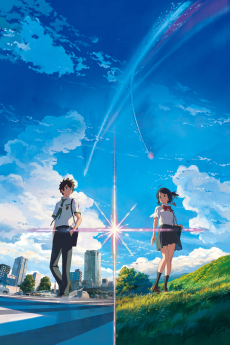 MOVIE DramaKimi no Na wa.
MOVIE DramaKimi no Na wa.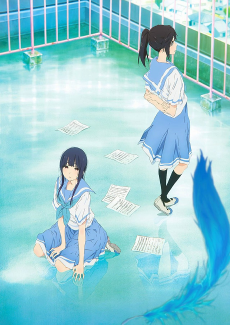 MOVIE DramaLiz to Aoi Tori
MOVIE DramaLiz to Aoi Tori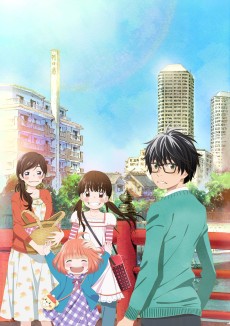 ANIME Drama3-gatsu no Lion
ANIME Drama3-gatsu no Lion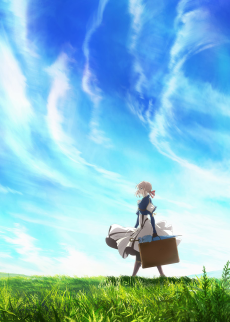 ANIME DramaViolet Evergarden
ANIME DramaViolet Evergarden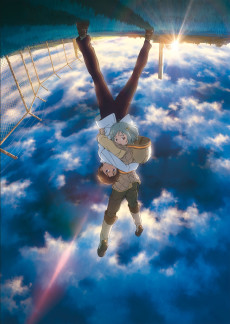 MOVIE AdventureSakasama no Patema
MOVIE AdventureSakasama no Patema MOVIE DramaKotonoha no Niwa
MOVIE DramaKotonoha no Niwa
SCORE
- (4.4/5)
TRAILER
MORE INFO
Ended inSeptember 17, 2016
Main Studio Kyoto Animation
Trending Level 11
Favorited by 41,682 Users

